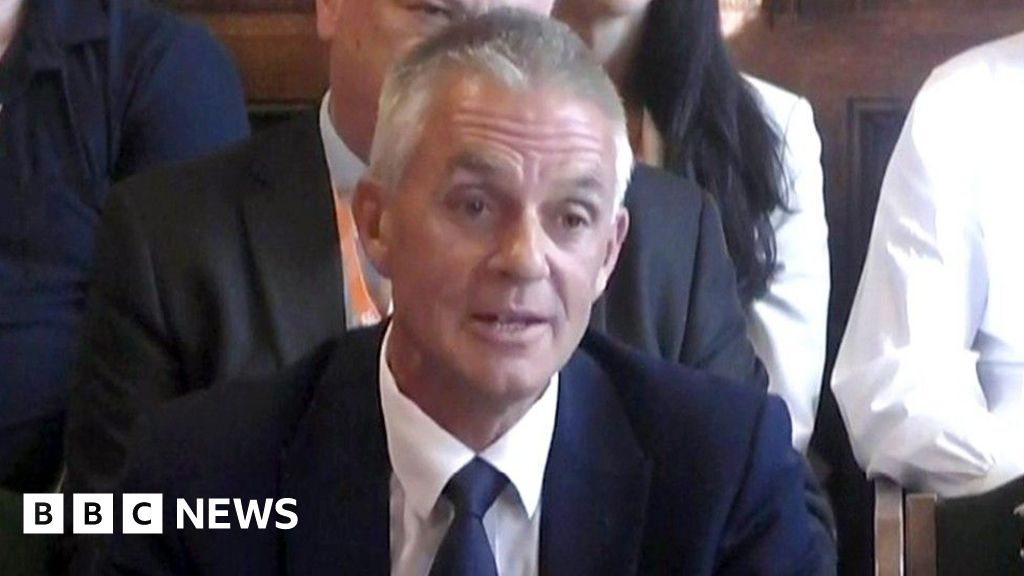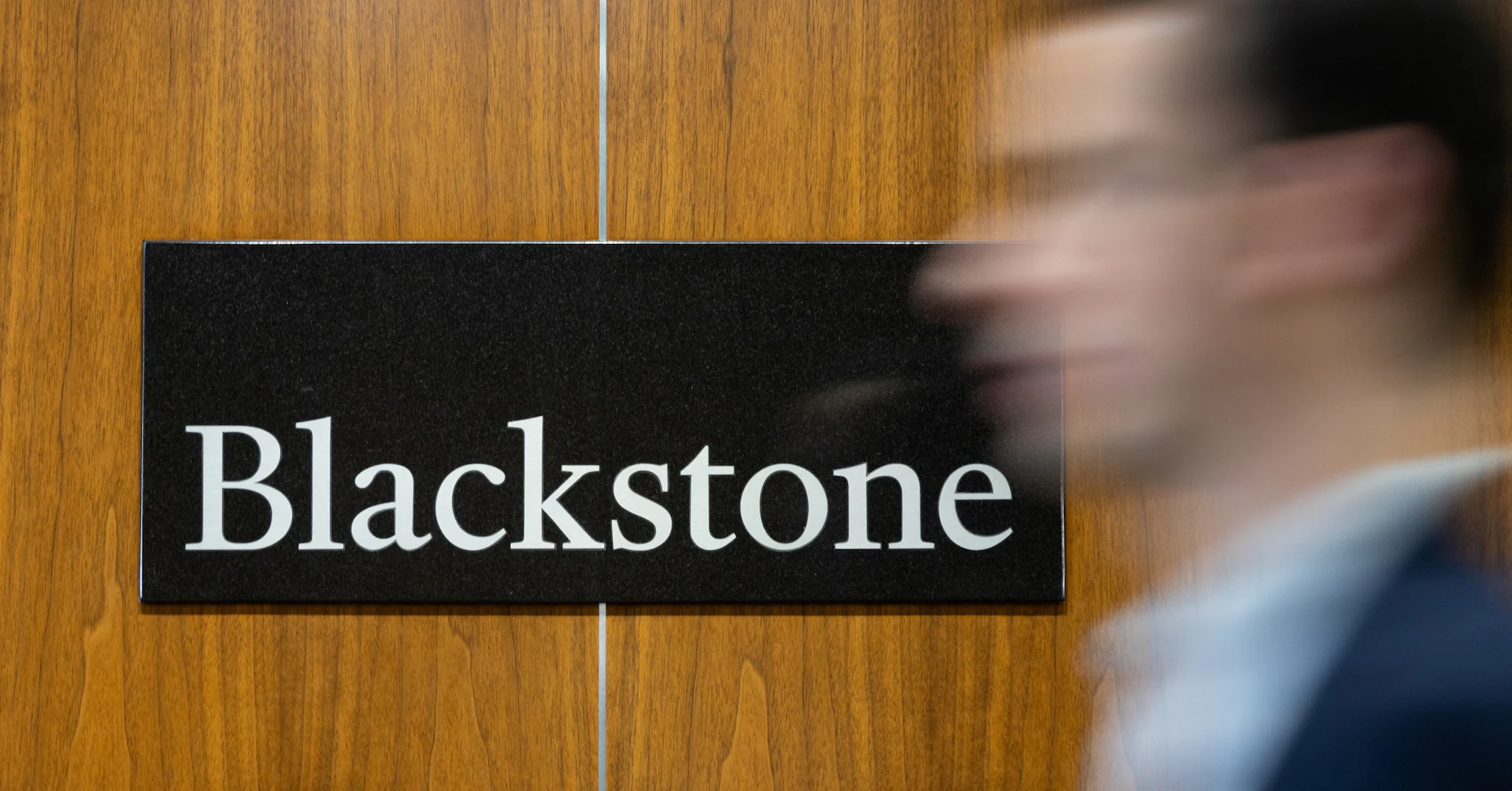By Bl Mumbai Bureau
Copyright thehindubusinessline

Credit growth of banks and non-banks will be supported by GST rate cuts even as credit cost is expected to rise for these lenders, according to rating agency ICRA.
The agency estimated the incremental credit flow of banks to rise to ₹19.0-20.5 lakh crore in FY2026 from ₹18.0 lakh crore in FY2025, translating into a year-on-year (y-o-y) credit growth of 10.4-11.3 per cent for banks in the current fiscal compared to 10.9 per cent in FY2025 and 16.3 per cent in FY2024.
The NBFC credit (excluding the infrastructure-focused entities) is projected to expand at 15-17 per cent in the current fiscal, compared to 17 per cent in FY2025 and 24 per cent in FY2024.
ICRA said while the evolving macro-economic trends are not expected to have a direct, first-order impact on the lenders, their target borrower segments would be impacted by the overall demand weakness or income shocks emerging from these developments.
For example, transport operators linked to an apparel sector, which is export dependent, would be faced with lower capacity utilisation. Similarly, employees of these units would have liquidity issues to service their existing debt (microfinance, personal loans, home loans) because of the income shock.
Referring to the pace of incremental bank credit growth in the current year lagging at ₹3.9 lakh crore for 5M (five months) FY2026 compared to ₹5.1 lakh crore for the previous year, ICRA opined that the recent GST rate cuts aimed at spurring domestic demand and to partly offset the tariff impact on the exports would support credit expansion for banks and NBFCs in the near term.
With the upcoming CRR (cash reserve ratio) cut and GST rationalisation, the agency foresees credit growth at the higher end of its estimated range of 10.4-11.3 per cent for banks and 15-17 per cent for NBFCs.
Further, the gradual downward repricing of deposit base is likely to improve the competitive positioning of banks vis-à-vis debt capital markets for the rest of the year.
Additionally, the easing of credit to deposit ratio and abundant liquidity in the banking system will also be supporting factors for the credit growth.
Anil Gupta, Senior Vice President & Co-Group Head, ICRA, said, “Asset quality stress in retail and MSME segments resulted in a slower growth for private sector banks as well as NBFCs. With improvement in economic activity post GST rate cuts, the growth appetite shall improve, which will support the credit growth.”
Loan quality risks
Notwithstanding the expected improvement in the economic activities and outlook on credit growth, ICRA remains watchful on the asset quality.
The agency noted that lenders have been facing loan quality risks and are susceptible to the uncertainties emerging from the evolving geopolitical conditions.
Loans to MSMEs and unsecured personal loans accounted for 17 per cent of the overall non-food credit of ₹184 lakh crore for the banks as of July 2025. Loans to small businesses, and unsecured personal and consumption loans, stand at approximately 34 per cent of the total NBFC credit of ₹35 lakh crore as of March 2025.
Flagging asset quality concerns in retail segment in the case of Banks, the agency said, “Spillover of stress continues, MFI (microfinance institution)/personal loans to Unsecured MSME; Unsecured to secured segments like Commercial Vehicles, used cars and micro LAP (loan against property), affordable Housing Loan.”
In the case of NBFC, ICRA observed that except for mortgages, credit costs are gradually rising across other segments. It noted that stress levels in MFIs remain elevated; improvement expected in the latter half of FY2026.
AM Karthik, Senior Vice President & Co-Group Head, ICRA, expects the credit cost of banks and NBFCs to go up by nearly 13 basis points (bps) and 30 bps, respectively, vis a vis the previous fiscal, with the impact being more pronounced in the non-housing segments.
While these headwinds remain, the soothing impact of the reducing cost of funds will support margins and overall earnings for the lenders.
ICRA has maintained a stable outlook for banks and non-banks (except microfinance, where the outlook is negative) in general, on account of the above factors and their current capital buffers, which are adequate to absorb any unforeseen losses.
The second-order impact of the macro-trends on the borrower profile remain monitorable, which could be visible from Q3 (October-December) of the current financial year, in case the growth remains tepid, and the adverse impact of tariffs unfolds.
More Like This
Published on September 10, 2025



